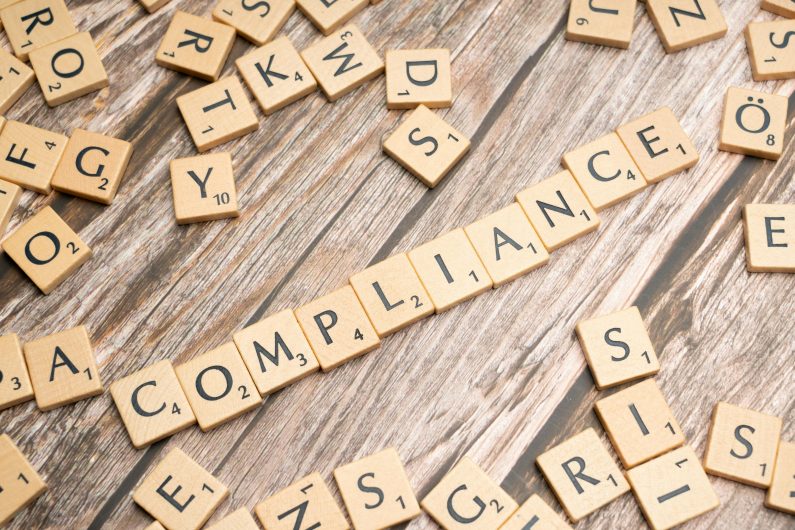In today’s dynamic business landscape, ensuring HR compliance is crucial not only for legal adherence but also for fostering a positive work environment. Human Resources (HR) compliance involves adhering to various labor laws and regulations that govern employee rights, workplace safety, and company policies. This blog post explores the essentials of compliance and offers practical tips for maintaining it effectively.
HR compliance refers to the process by which an organization ensures that its practices and policies adhere to the applicable labor laws, regulations, and standards. This includes federal, state, and local laws, which can vary significantly and often change.
- Employment Laws: Covering hiring practices, non-discrimination, and equal opportunity employment.
- Wage and Hour Laws: Ensuring fair wages, overtime pay, and compliance with minimum wage laws.
- Health and Safety Regulations: Maintaining workplace safety standards as mandated by OSHA and other agencies.
- Employee Benefits: Complying with regulations regarding health insurance, retirement plans, and leave policies.
- Recordkeeping: Properly maintaining employee records and documentation.
Why HR Compliance Matters
Failing to adhere to compliance can result in severe consequences for businesses, including:
Legal Penalties: Non-compliance can lead to fines, sanctions, and legal battles.
Reputation Damage: Legal issues can tarnish a company’s reputation, impacting its ability to attract and retain talent.
Operational Disruptions: Lawsuits and penalties can disrupt business operations and divert resources.
Key Steps to Ensure HR Compliance
- Stay Informed and Educated
- Regularly update your knowledge of labor laws and regulations.
- Attend seminars, workshops, and webinars on compliance.
- Develop and Update Policies
- Create comprehensive HR policies that align with current laws.
- Regularly review and update these policies to ensure ongoing compliance.
- Training and Development
- Conduct regular training sessions for HR staff and management.
- Ensure employees are aware of their rights and responsibilities.
- Implement Robust Recordkeeping Practices
- Maintain accurate and up-to-date employee records.
- Use HR software to automate and streamline recordkeeping.
- Conduct Regular Audits
- Perform internal audits to identify and rectify compliance gaps.
- Consider hiring external auditors for an unbiased review.
- Foster a Compliance Culture
- Encourage a culture of compliance within the organization.
- Ensure leadership sets an example and emphasizes the importance of compliance

Leveraging Technology for Compliance
Technology can play a pivotal role in managing compliance. Here are some ways to leverage technology effectively:
HR Management System (HRMS): This system can automate compliance tasks such as tracking employee hours, managing benefits, and maintaining records.
Compliance Management Software: Tools specifically designed to monitor and manage compliance can help keep track of regulatory changes and ensure adherence.
Training Platforms: Online platforms can provide employees with easy access to compliance training and resources.
Common Compliance Challenges
- Keeping Up with Changing Laws
- Labor laws frequently change, making it challenging to stay updated.
- Solutions: Subscribe to legal updates and consult with legal experts regularly.
- Managing Remote and Hybrid Workforces
- Ensuring compliance for remote workers can be complex
- Solution: Develop clear remote work policies and ensure they comply with applicable laws.
- Handling Employee Data
- Protecting employee data and privacy is critical.
- Solution: Implement robust data security measures and comply with data protection regulations.
HR compliance is a critical aspect of business operations that requires ongoing attention and effort. By staying informed, leveraging technology, and fostering a culture of compliance, organizations can navigate the complexities of labor laws and create a positive, legally sound workplace. Remember, the goal of compliance is not just to avoid legal issues but to build a fair, safe, and productive environment for all employees.
Ensuring compliance is an investment in the long-term success and reputation of your business.
